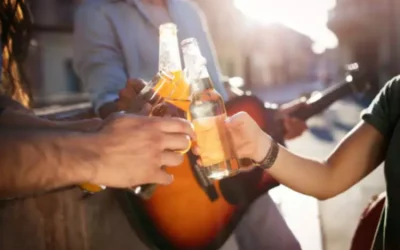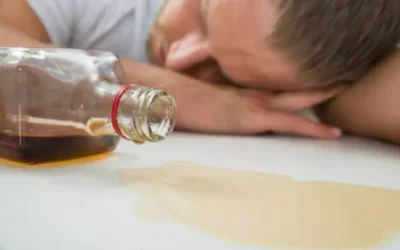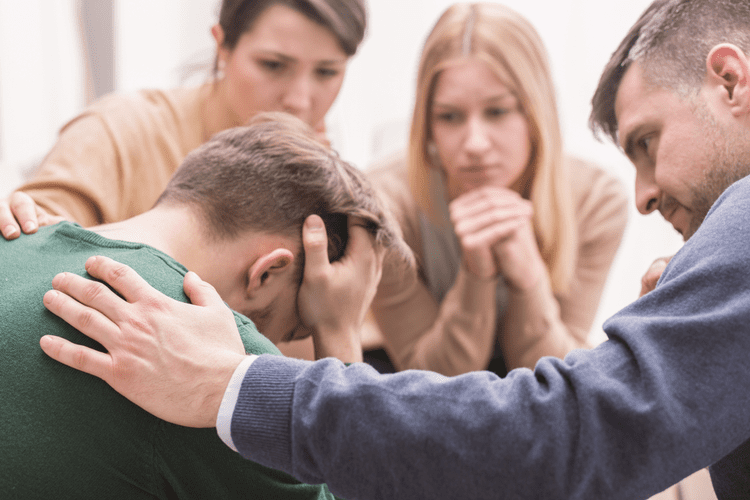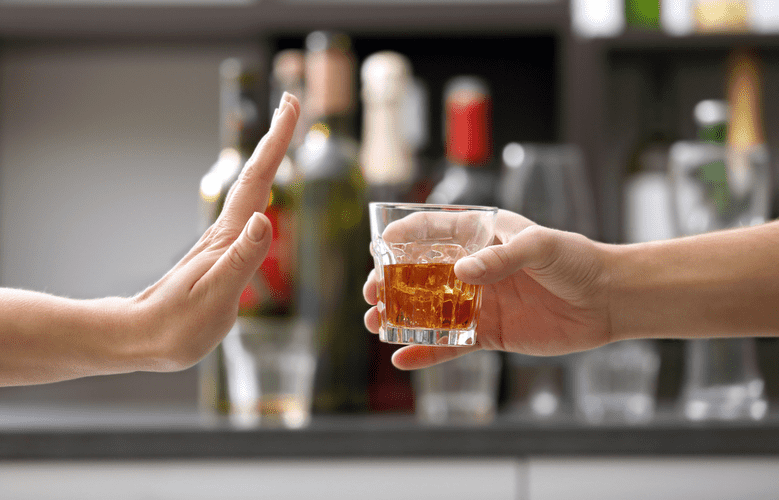The next highest numbers were children with Hispanic parents (40,062) and children with non-Hispanic Black parents (35,743), who also experienced the highest rate of loss and highest year-to-year rate increase, respectively. The racial and ethnic disparities seen here are consistent with overall increases in overdose deaths among non-Hispanic American Indian/Alaska Native and Black Americans in recent years, and highlight disproportionate impacts of the overdose crisis on minority communities. The researchers cite an example in the United States where the introduction of state paid parental leave policies and timely access to subsidised childcare were strongly linked to reduced rates of child maltreatment. Those with symptoms of severe substance use disorder, which include needing a drug to function day-to-day and needing more of it to achieve a “high,” at age 18 years, were tracked to see if they had symptoms at ages 35 to 50 years, the researchers said. When you call our helpline, you’ll be connected with a representative who can assist you in finding mental health and addiction treatment resources at any of the Ark Behavioral Health addiction treatment facilities.

Risk factors based on family surroundings
Local resources include schools, medical professionals, mental health specialists and treatment providers. If you are searching for an addiction treatment provider specializing in teen rehabilitation, start with your insurance company. Regardless of the program you choose, treatment should always start with a physical, as well as mental health assessments and chemical use history, to determine the appropriate level of care.
Medical Professionals
Information on resources in your community and volunteer recruitment and training, and services provided at local DHS offices. Information on treatment and services for juvenile offenders, success stories, and more. He said most of Australia’s child protection system was about reacting to problems rather than trying to prevent them. “It could be teenagers struggling to really cope with difficult emotions and certainly trauma can play a huge role in causing those difficult emotions,” she said. At the time her mother was pregnant with her sixth child and her father had long ago moved back to Perth. If they think you’ll allow drug or alcohol use, for example, they’ll be more likely to try it.
Short-Term Consequences
But the substance-use group had a lower percentage of girls and higher percentage of White participants compared with the no-substance-use group. “[This raises] serious concerns about the safety of prescribing controlled substances to these individuals,” https://ecosoberhouse.com/ McCabe said. Parental and peer substance use are two of the more common factors contributing to youthful decisions regarding substance use. There are five main factors that contribute to a heightened risk for addiction, spelling out the acronym FACTS.

About half of high schoolers have tried marijuana, and 4 out of 10 have smoked cigarettes. The teenage years can be some of the most fun and formative years of a person’s life. Yet, these years can also be marked by high emotions and social pressures to fit in. People in need may turn to readily available items like Iodex sandwiches, fevibond, sanitizer, whitener, etc., for comfort due to poverty and other circumstances to stop additional behavioral and other changes in youth discouragement is necessary [42-44].
“One low-hanging fruit is for universities to implement a Good Samaritan policy, where students can call for help during a medical emergency and won’t get in trouble, even if illegal substance use is underway,” she said. “For many young people, when they look at what they allocate to drinking and drug use, relative to these other things that they view as much more important, it’s often very motivating,” Murphy said. “The longer we can get kids to go without using substances regularly, the better their chances of having an optimal life trajectory,” Weiner said. If you purchase a product or register for an account through a link on our site, we may receive compensation. By using this site, you consent to our User Agreement and agree that your clicks, interactions, and personal information may be collected, recorded, and/or stored by us and social media and other third-party partners in accordance with our Privacy Policy.
- Some symptoms include agitation, paranoia, hallucinations, delusions, violence, and thoughts of suicide and murder.
- Given only modest efficacy of current psychosocial treatments, pharmacotherapy has been explored as a potential complement to the standard of care [46•].
- When substances are introduced into a young person’s life, they’ll likely experience several short-term and long-term consequences.
- If you’re ready to seek support for you or your teen, visit Psych Central’s guide on finding mental health help.
Alcohol and nicotine or tobacco may be some of the first, easier-to-get substances for teens. Because alcohol and nicotine or tobacco are legal for adults, these substance abuse in older adults can seem safer to try even though they aren’t safe for teens. Teens who experiment with drugs and other substances put their health and safety at risk.
- Other studies have suggested potential efficacy of MI when combined with other treatment modalities such as family interventions, acceptance and commitment therapy, and contingency management [22, 23].
- The research team examined the relationship between substance use disorder symptom severity at age 18 and prescription drug use, prescription drug misuse, and substance use disorder symptoms up to age 50 in these individuals.
- A study showed that 60% of teens in a community-based substance use treatment program were also diagnosed with a mental health disorder.
- In addition, several substances/drugs are Narcotic and Psychotropic and used despite the act named ‘Narcotic Drugs and Psychotropic Substances Act, 1985.
- About half of high schoolers have tried marijuana, and 4 out of 10 have smoked cigarettes.
- By enabling them to make informed and responsible decisions about their health and well-being and ensuring that they have access to the tools and assistance they need, the program seeks to enable all adolescents in India in realizing their full potential [47].
Consequences of teen drug abuse

To address this gap, researchers used data about people aged 18 to 64 participating in the 2010 to 2019 National Surveys on Drug Use and Health (NSDUH) to determine the number of children younger than 18 years living with a parent 18 to 64 years old with past-year drug use. NSDUH defines a parent as biological parent, adoptive parent, stepparent, or adult guardian. “Policies to alleviate stress experienced by families, such as paid parental leave, affordable childcare, income support like Jobseeker, and making sure parents have access to treatment and support for their own mental health could make a world of difference for Australian children. The analysis also found that if childhood maltreatment was eradicated in Australia, more than 1.8 million cases of depression, anxiety and substance use disorders could be prevented. Support groups and other programs, such as 12-step programs, offer additional long-term support to people in recovery from substance use disorders. Some programs even cater specifically to autistic folks who are in recovery from addiction.
Treatment for substance use disorder
- The Ministry of Health and Family Welfare developed Rashtriya Kishor Swasthya Karyakram for teenagers aged 10 to 19, with a focus on improving nutrition, sexual and reproductive health, mental health, preventing injuries and violence, and preventing substance abuse.
- The study received support from the National Institute on Alcohol Abuse and Alcoholism and the National Institute on Drug Abuse.
- However, it can be common for some kids at this age to be less inclined to open up to parents and caregivers about tough subjects.






